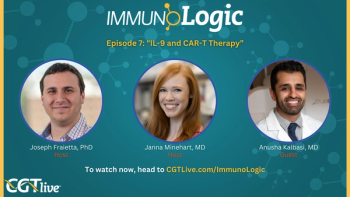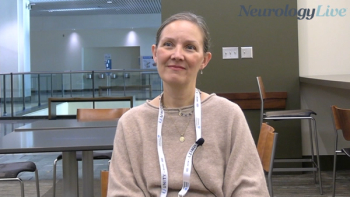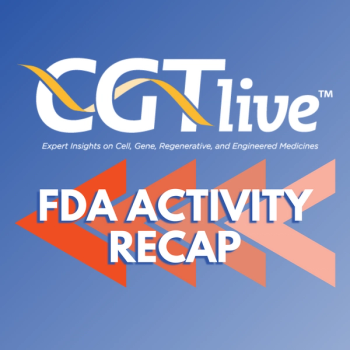
Bone Marrow-Derived Mesenchymal Stem Cells Safe in ALS
ALSFRS-R and FVC values were stable 3 months after treatment but significantly decreased 6 months after treatment, warranting further investigation.
This content originally appeared on our sister site,
Autologous bone marrow-derived mesenchymal stem cells (BM-MSCs) administered, concurrently, intrathecally (IT) and intravenously (IV), were safe in patients with
A prospective, open-label study found assessed 15 patients with ALS between 18 and 75 years old at 1-, 3-, and 6-months following treatment with BM-MSCs. Senior author Ali Gorji, MD, professor of neuroscience, Mashhad University of Medical Sciences, and colleagues investigated adverse reactions, as well as clinical outcomes such as ALS Functional Rating Scale-Revised (ALSFRS-R) and forced vital capacity (FVC).
Prior to transplantation, patients were neurologically examined to evaluate the rate of pretreatment disease progression. BM-MSCs (1 x 106 cells/kg BW) in 2 mL normal saline solution were slowly injected IT for approximately 2 minutes using a standard lumbar puncture at the level of L3-L4, followed by IV infusion of BM-MSCs (1 x 106 cells/kg) in 50-60 mL of normal saline solution with a 22g intravascular catheter connected to a syringe dispenser at a rate of 120 mL/h.
After being monitored for 3 days following treatment, no serious adverse reactions were observed among the 15 patients. All patients reported mild to moderate headaches on day 3, similar to the headaches experienced after lumbar procedure, the study authors explained. One patient had an allergic reaction, respiratory distress, nausea, and vomiting that was resolved after 24 hours. Urinary incontinence, lasting 72 hours after the cell administration, was reported by 2 participants.
READ MORE:
In addition to concluding that the procedure is safe, investigators also wrote, "to confirm the most effective methods of delivery and suitable doses in single or repeated applications of BM-MSCs treatment, further clinical investigations with more patients and longer follow-up periods as well as with the repetitive application of BM-MSCs are required."
As for efficacy, ALSFRS-R values remained stable for 3 months after BM-MSCs application. Additionally, no significant reduction was observed in ALSFRS-R slopes after 1 (ß = 0.81; R2 = 0.051; P = .812) and 3 (ß = 0.86; R2 = 0.004; P = .985) months compared with the pre-implementation score after regression analysis. Notably, the value of the ALSFRS-R significantly declined at 6 months compared with the pretreatment score (ß = 0.80; R2 = 0.76; P <.01).
When comparing pre- and post-transplantation phases, investigators found no significant differences between FVC slopes at 1 (ß = 0.64; R2 = 0.046; P = .665) and 3 (ß = 0.78; R2 = 0.064; P = .270) months after the procedure than prior to it. The average values of FVC remained stable during the 3 months of cell therapy; however, 6-month follow-up showed a significant reduction of the FVC values compared with the pretreatment values (ß = 0.80; R2 = 0.62; P <.05).
There were limitations to the study, including its relatively small sample size. Additionally, the mean age of patients was generally low when contrasted to other clinical studies, according to the study authors. Lastly, the length of the preobservation period (1 month), as well as the follow-up period (6 months) was deemed too short to justify the long-term beneficial effects of the approach in preventing disease progression.
REFERENCE
Tavakol-Afshari J, Boroumand AR, Farkhad NJ, Moghadam AA, Sahab-Negah S, Gorji A. Safety and efficacy of bone marrow derived-mesenchymal stem cells transplantation in patients with amytrophic lateral sclerosis. Regen Ther. Published online August 16, 2021.
Newsletter
Stay at the forefront of cutting-edge science with CGT—your direct line to expert insights, breakthrough data, and real-time coverage of the latest advancements in cell and gene therapy.











































